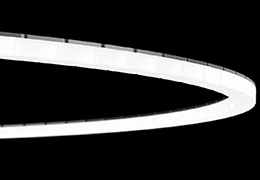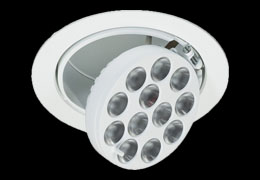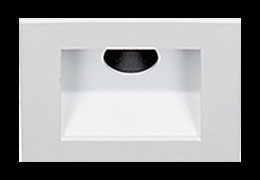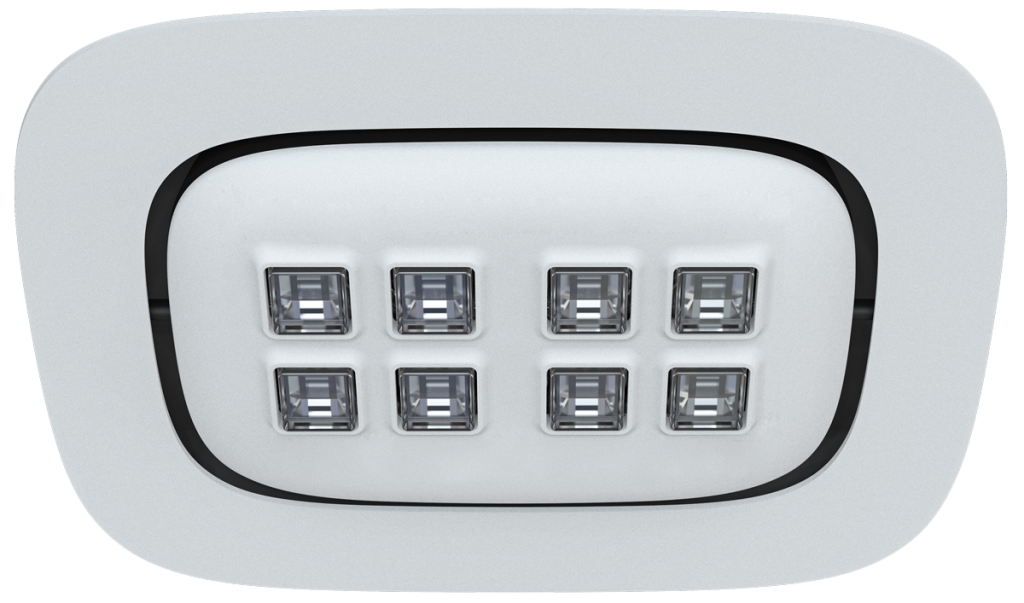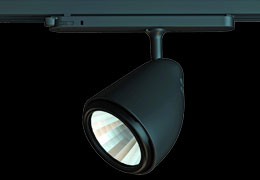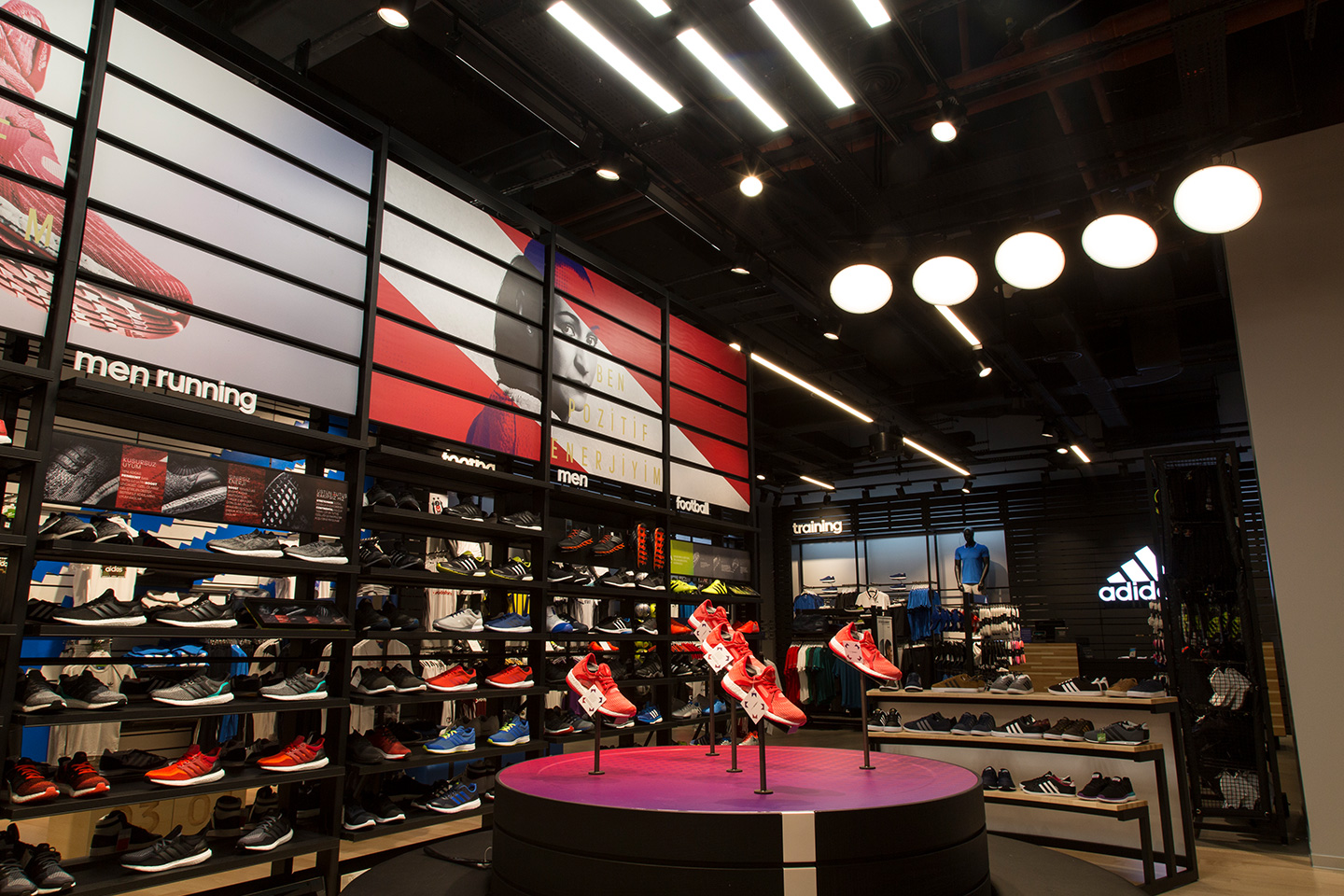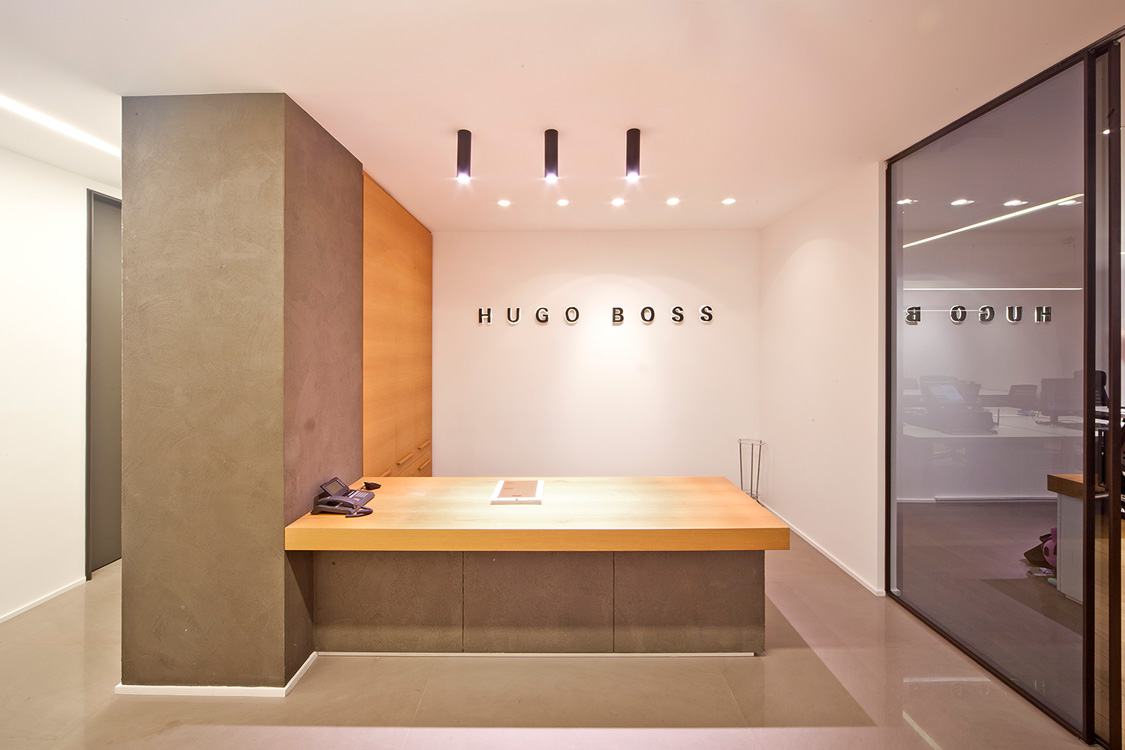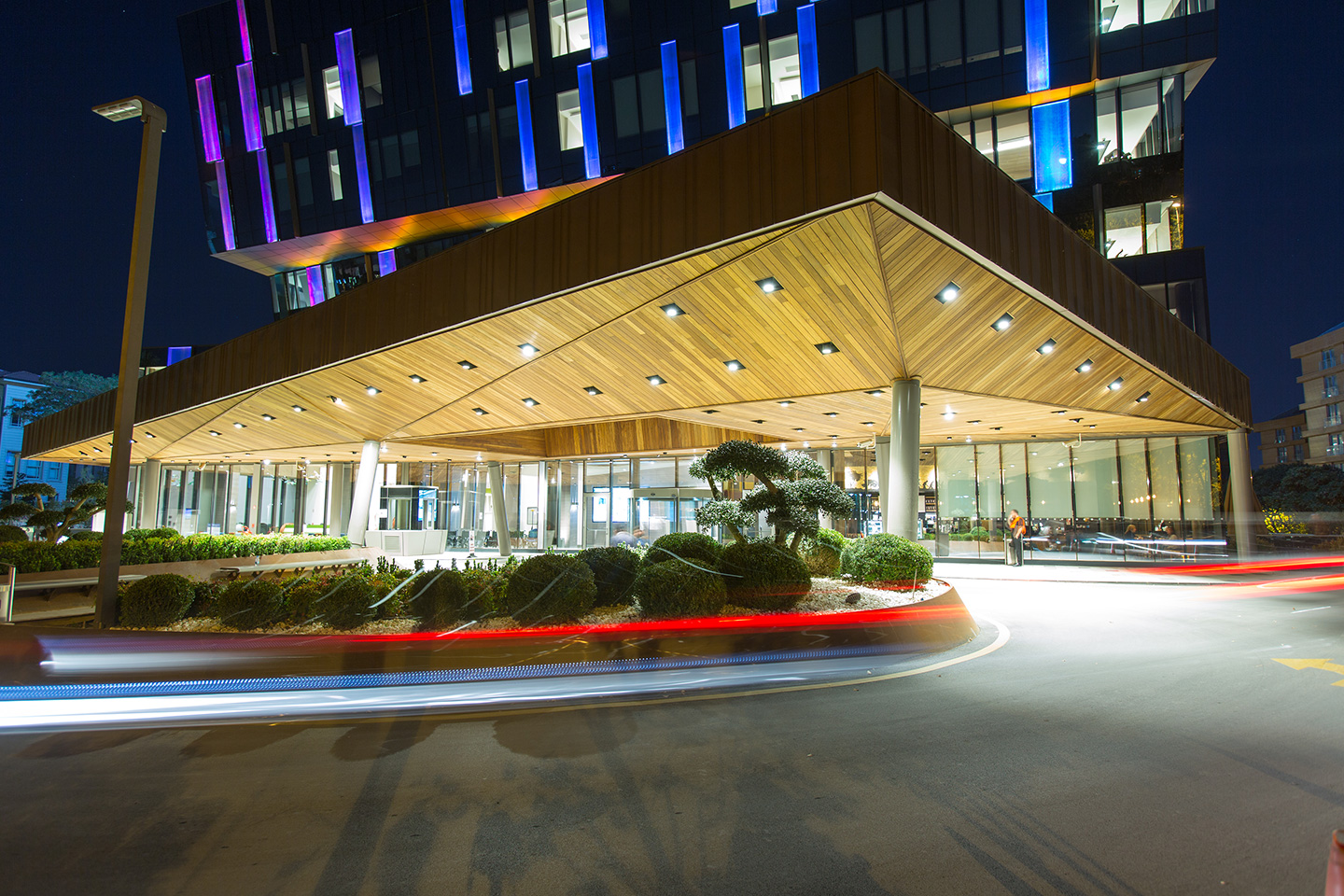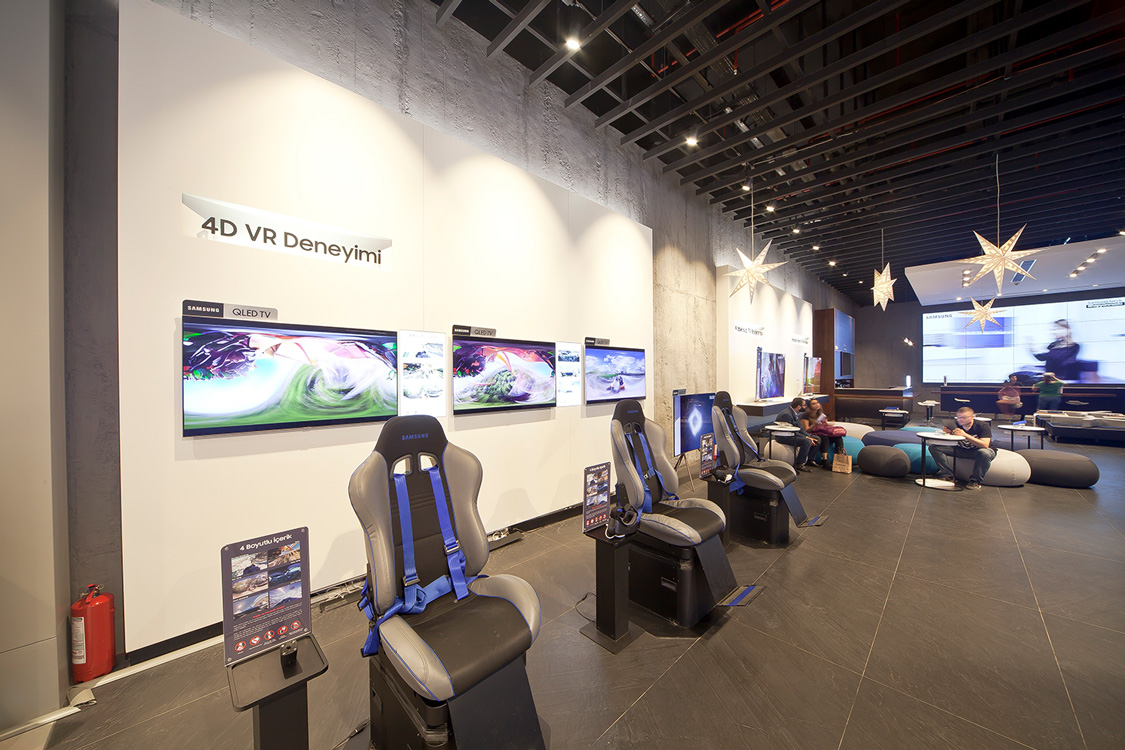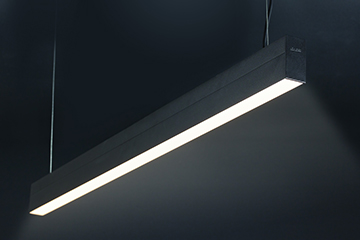PERSEIVE THE ARTICLES ARE CORRECTLY
MUSEUM LIGHTING
The light intensity and color temperature in museum lighting should not cause deterioration in the works and must fit the preserving criteria for the works. Lighting designs of the museums which are considered as social and public spaces are designed accordingly with the architecture and concept of the museum. A sensitive work must be performed that makes sure the exhibited works can be viewed in detail and prevents them from deteriorating because of the light intensity.
- Ensure that the work of arts are perceived correctly and the details appear correctly.
- Use specific lighting fixtures for each exhibited work of arts.
- Make the work of arts stand out with balanced light intensity.
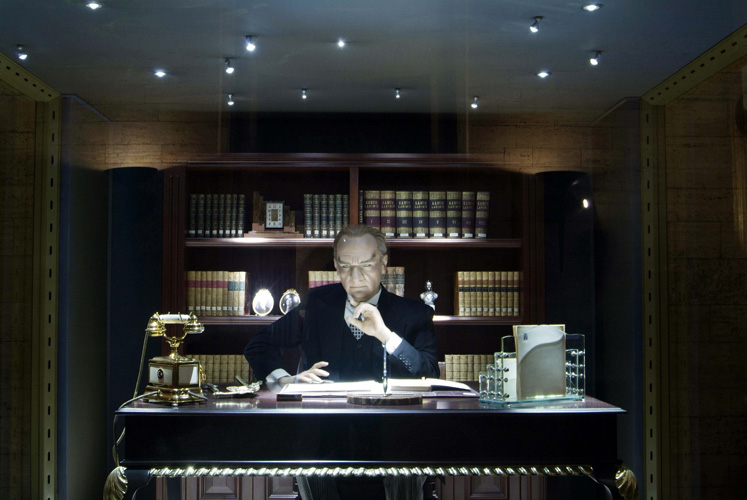
Müze aydınlatma projeleri, sıradan bir ürün vurgulama armatürüyle tamamlanamayacak kadar derin çalışma içerir.
Museums are deep and meaningful places that exhibit science and art works. So emphasized work has its own character and it represents a concept and past. Lighting projects specifically designed for art works must ensure that they are perceived properly and the visual details got across correctly. The light intensity and color temperature in museum lighting should not cause deterioration in the works and must fit the preserving criteria for the works. Lighting designs of the museums which are considered as social and public spaces are designed accordingly with the architecture and concept of the museum. A sensitive work must be performed that makes sure the exhibited works can be viewed in detail and prevents them from deteriorating because of the light intensity.
If the museum’s light source fits its atmosphere, it makes the museum a more influential place for the visitors. The strength of the light sources should never take precedence over the works in terms of intensity and color temperature. The total construction of the place must be designed in a way that will be harmonious with the accent lighting used for the works.
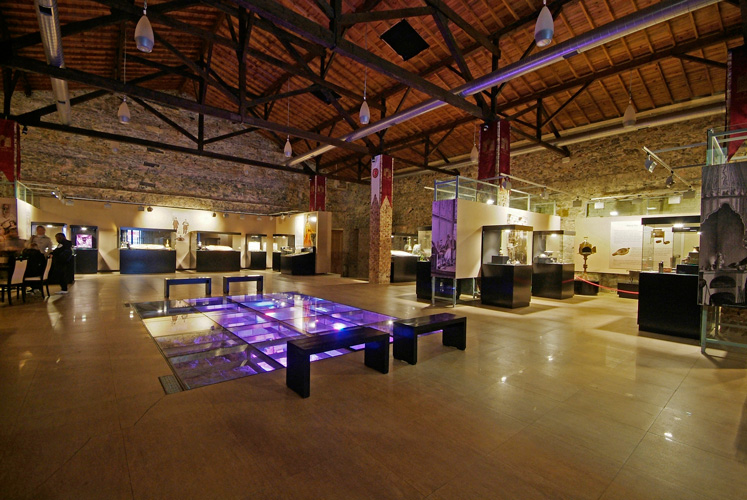
"Bir Fincan Kahve" Sergisi Museum Lighting Project
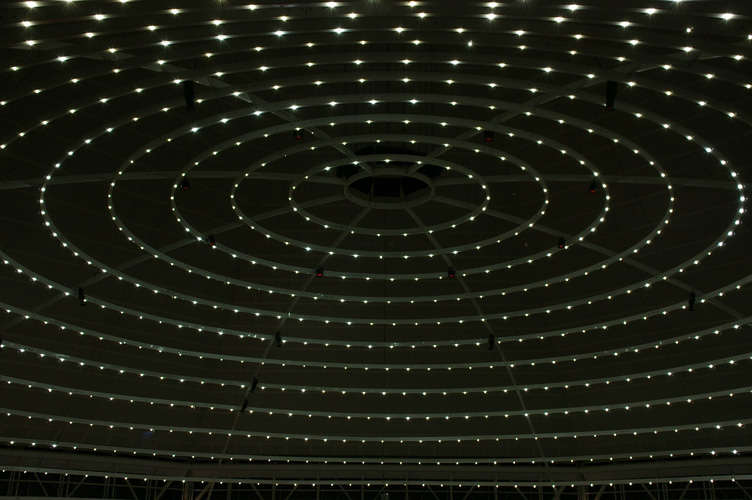
Mevlana Kültür Merkezi Lighting Project
Kullanılan armatürlerin dekoratif olarak müzenin konseptine ve teknik olarak eserlerin sağlığının korunması açısından uygunluğu ön planda tutulur.
Museum lighting projects have highly detailed and extensive works in terms of both the qualities of the luminaries and the design outlook. So it’s a priority to match the luminaries with the museum’s concept decoratively and to make them suitable to protect works’ conditions. The material of the exhibited works is a determining factor for the lighting. The lighting that is used for works made with materials such as stone, marble, and earth is not the same as the lighting that is used for works consist of materials such as metal, glass, or diamond. So the most important part of museum lighting projects is to be informed about the exhibited work.
The biggest difference between other indoor spaces and museums is that the luminaries or projects to affect the works directly. Since museums inhibit works that can be harmed when exposed to too much light, they are places that the most sensitive works are conducted.
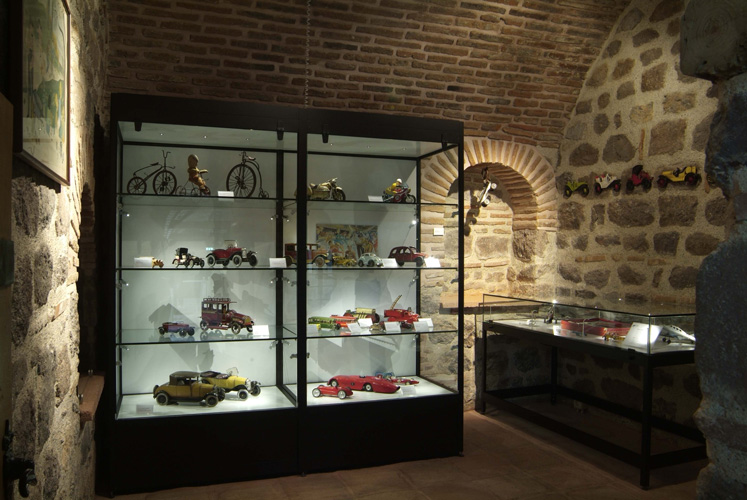
Rahmi Koç Müzesi Lighting Project
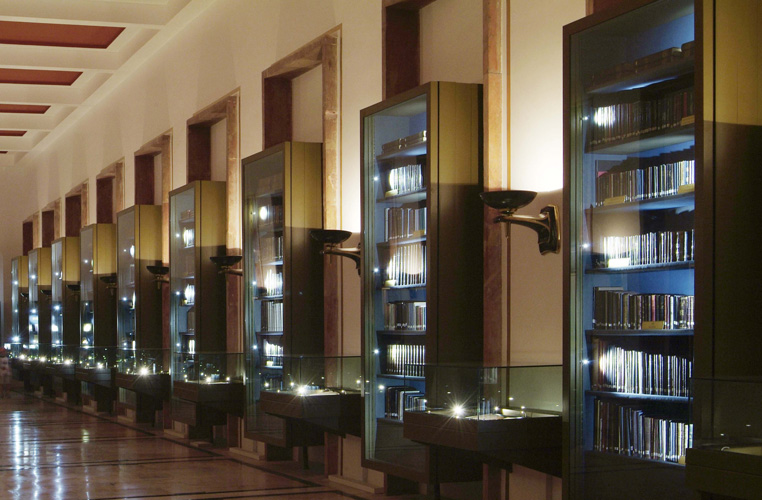
Atatürk ve Kurtuluş Savaşı Müzesi Lighting Project
Müze Aydınlatması Projelerine Uygun Ürünler

Discover Human Centric Lighting®
In the Human Centric Lighting® concept, it is aimed to use the biological and psychological effects of the light that directs our lives in every sense in the most efficient way. Human Centric Lighting® is the healthiest artificial lighting system that is most suitable for the human body.

